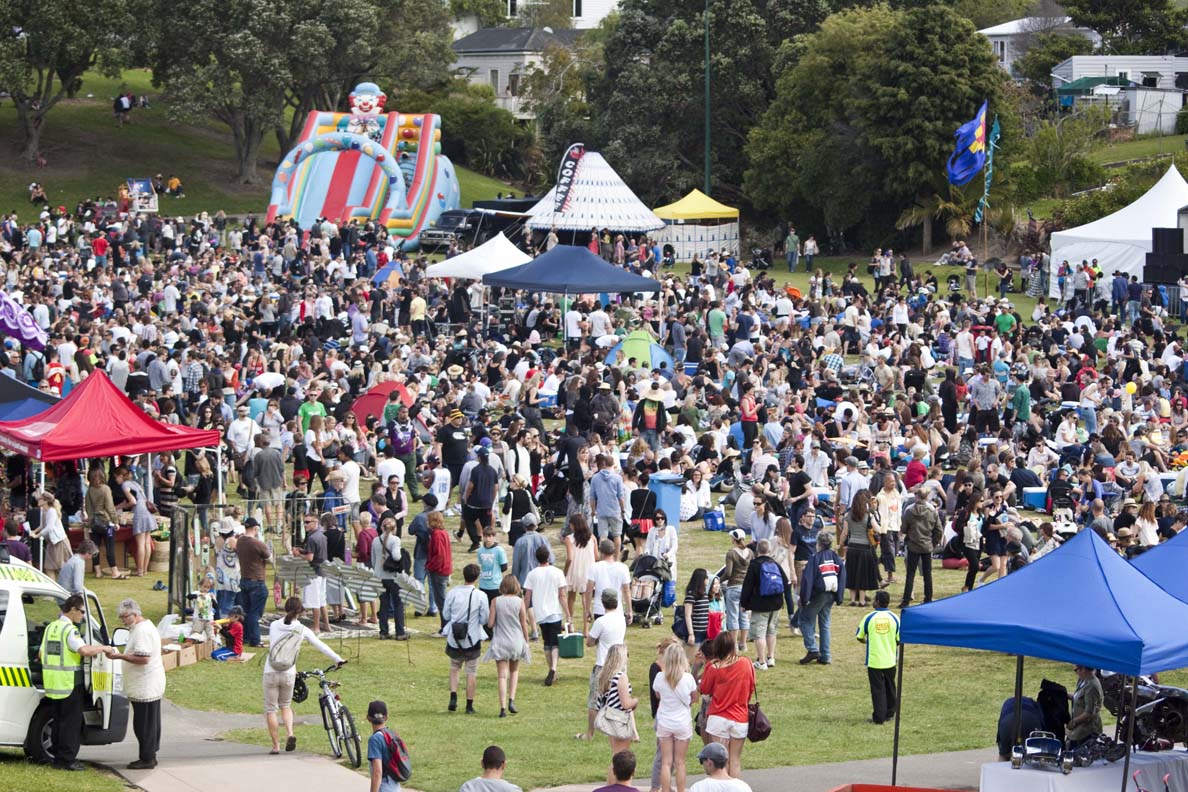Social capital and voter turnout: the case of the Auckland supercity
Author:
Karen WebsterSource:
Karen WebsterPublication date:
2014Topics:
PeopleAbstract
The establishment of the Auckland ‘Supercity’, was billed as “New Zealand’s bold experiment in local government“ (AUT School of Social Sciences and Public Policy 2013).
The high media profile nationally and locally, resulted in an Auckland voter turnout of 51 percent in the 2010 local government election. This was two per cent above the national average of 49 percent, already elevated by public interest in the Auckland reforms and Christchurch post-earthquake (Department of Internal Affairs 2013), and a further 13 percentage points up on the aggregate turnout of 37.9 per cent 3 years prior, in 2007. This apparent resurgence in local democracy was short-lived.
Three years on, turnout in Auckland had resumed this pattern and dropped a further 2.5 per cent to 35.4 percent (Auckland Council 2013), in line with the trend of declining voter turnout in New Zealand, and many older democracies, since 1989. These results fuel the debate around what influences voter turnout and what constitutes effective local democracy.
International scholars (Paxton 2002; Bevelander and Pendakur 2009; Abrams, Iversen et al. 2011; Ben-Bassat and Dahan 2012) have evidenced a positive correlation between social capital and democracy as a general concept and voter turnout more specifically.
This paper provides an overview of research linking social capital and voter turnout; describes the governance arrangements following establishment of the Auckland supercity; examines voter turnout rates recorded in Auckland, during the 2010 and 2013 local government elections - the first two triennial elections since reforms; and poses social capital and reform-related explanations for the ongoing decline in Auckland’s voter turnout (Royal Commission on Auckland Governance 2008).
September 2014
